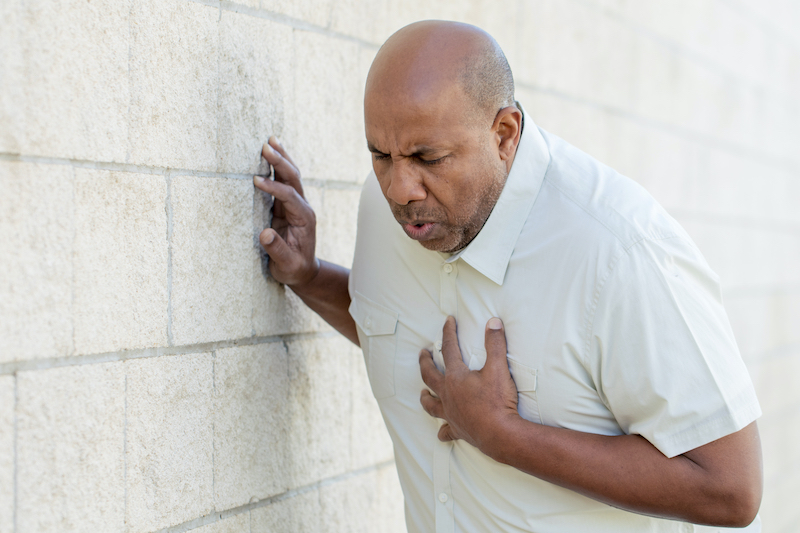


It’s easy to overlook our heart health, but surprisingly, 1 in 6 Australians are impacted by cardiovascular disease, which refers to all conditions involving the heart and blood vessels.
The main types of cardiovascular disease include coronary heart disease, stroke, and heart failure. According to the Heart Foundation, 119 Australians die from cardiovascular disease every day, or roughly one person every 12 minutes. In 2017, cardiovascular disease accounted for nearly 27% of all deaths in Australia.
Heart attack vs. cardiac arrest
The terms “heart attack” and “cardiac arrest” are often used interchangeably, but there are key differences between them.
A cardiac arrest is caused by an electrical malfunction in the heart. This causes an irregular heartbeat, which prevents the heart from properly pumping blood to the brain, lungs and other organs. Cardiac arrests are sudden, and if a person doesn’t receive treatment, they can die within minutes.
A heart attack occurs when oxygen-rich blood is prevented from reaching a section of the heart due to a blocked artery. The amount of oxygen getting to that part of the heart muscle is therefore reduced and the organ will begin to die if oxygen is not restored or if the artery is not reopened. The longer it takes for a person to receive treatment, the greater the risk of permanent damage.
Symptoms
Signs someone is having a sudden cardiac attest include them collapsing suddenly or losing consciousness, the absence of a pulse and a lack of breathing. Sometimes before a cardiac arrest, people experience shortness of breath, chest discomfort, and weakness.
If someone is having a heart attack, symptoms can either occur slowly and build up over a period of time or start suddenly. Common signs include pressure, tightness or pain in the chest, arms, neck,
jaw or back, light-headedness or dizziness, shortness of breath, cold sweats, and fatigue. Heart attack symptoms can differ between men and women.
What to do
Here are some steps to follow if someone is having a cardiac arrest.
1. Check if the person is breathing or responsive. Before checking, ensure it is safe to approach them.
2. If the person is not breathing, immediately call 000. Stay on the phone until an ambulance arrives and listen to the call-taker for further instructions. You may need to administer CPR if they are not breathing.
The Heart Foundation has an action plan which steps through what to do if you suspect you are having a heart attack.
1. STOP and rest immediately
2. TALK to someone and tell them how you are feeling. If you take any angina medicine, take a dose. Wait 5 minutes. If you still have symptoms, take another dose of your medication.
3. CALL 000 if symptoms are severe, have lasted for 10 minutes or are getting worse. Ask for an ambulance, and don’t hang up the phone. Wait for instructions from the call-taker.
Risk factors
Clinical Director at House Call Doctor Dr Ryan Harvey recommends people be aware of their personal risk factors.
“If you have a family history of heart attack or stroke, you should closely monitor your cardiovascular health,” he said.
Other risk factors for cardiovascular disease include age and gender. Smoking may also increase your risk of heart problems. You can minimise your risk through maintaining a healthy lifestyle through diet and exercise, being wary of your blood pressure and cholesterol levels.
Dr Harvey suggests getting your heart health checked regularly, and speaking with your doctor if you have any concerns.
“Tests such as an ECG can be recommended by your doctor every two to five years, depending on your personal health and medical history.”




